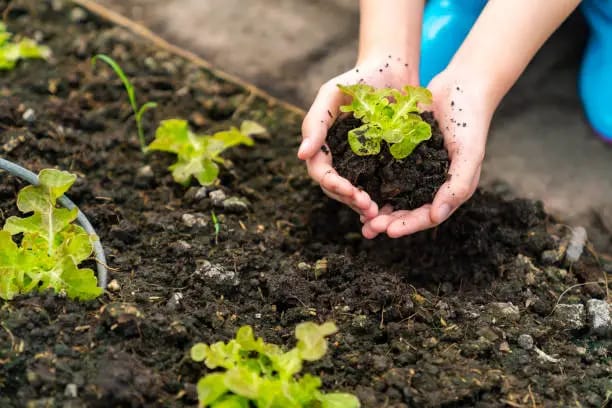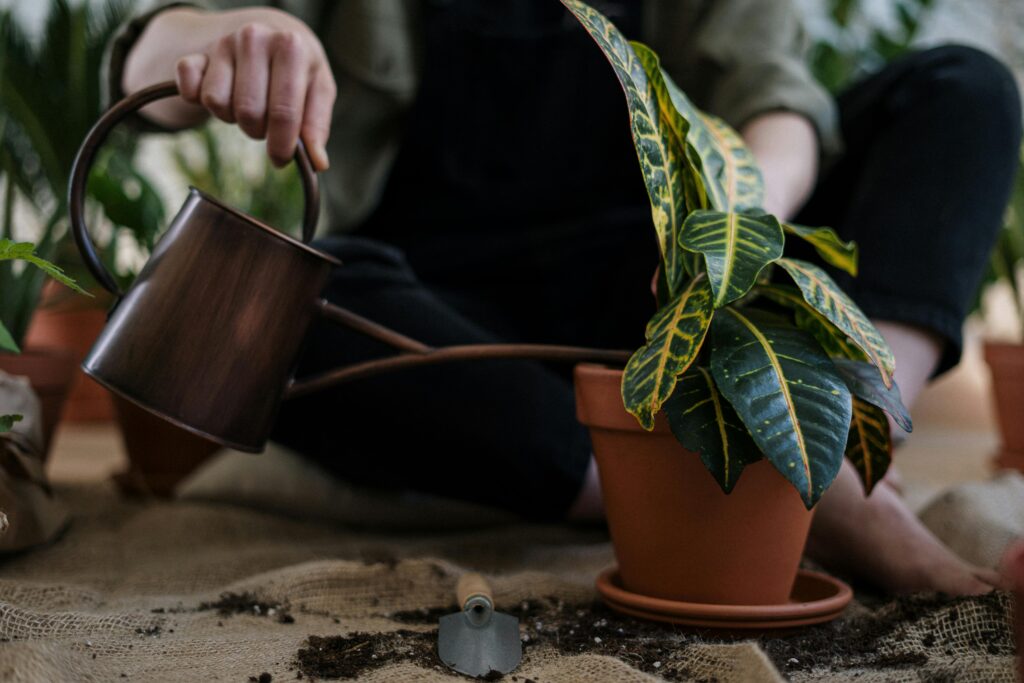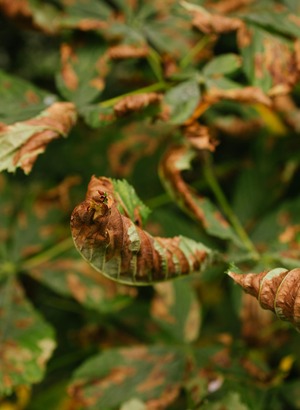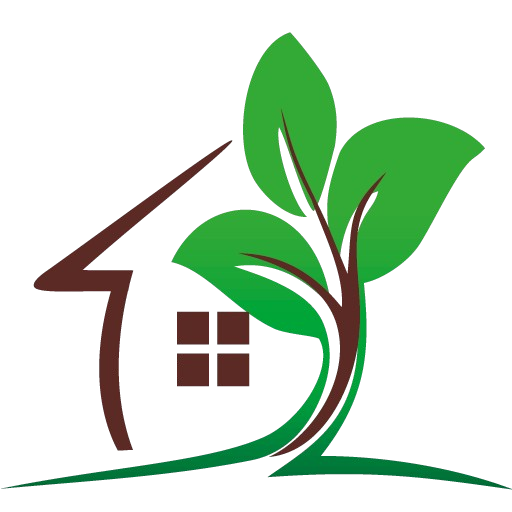The indoor plant diseases are the main problem for not growing plants effectively; indoor plants are more vulnerable to diseases. We are pleased you are here; we care about your worry. You are in the right place. In this blog, we provide you with a comprehensive guide to prevent your plant from diseases.
Enjoy your read.
Examine your plant closely.
Inspect your plant closely. It will help identify which type of plant it is. What makes it happy? How is the plant growing? Is there any unusual behaviour? Are pests hitching?
Watch out for the healthiness of plants. Inspection will give you a clear idea of the type of plant. For instance, there are a variety of indoor plants, each needing a different atmosphere and conditions of light, water, and temperature.
If you are new to parenthood in indoor gardening, we recommend you start with indoor plants that need little care.

Also, if there is any bug hitching, spray it by using pesticides.
By observing the plants closely, you will be able to make them healthy and disease-free.
Identify your plant
Usually, if you buy a plant from a knowledgeable seller, then it is likely that he will provide good information about the plant, but if he does not, then you need to observe your plant closely.
What do you need to know?
There are key things you need to know about your plant.
- First and foremost are the light conditions.
- You will need to know how much light your plant needs.
- You will observe the watering practices and learn how much water your plant needs.
- Don’t forget to evaluate your soil and check out its fertilisation.
Analyzing all those things will help you make happy indoor plants and make them disease-free.
When to repot your houseplants
It is obvious that if you obey the care maintenance tips your plant will grow.
It means at some point your plant will outgrow the existing container and you will need to change it.
Examine the roots of the plant if it is moving around then your plant needs a new container.

Tips for repotting
- Water the plant before the reporting day.
- Make sure that you pull the base gently by removing, firstly, the pot from sideways.
- Softly free the roots.
- Prepare your new pot.
- Add fertilizer and mix it with the soil.
- Put it at the bottom of the new pot.
- Place the plant on the top of the compost.
- Cover the roots in compost.
- Add another layer of pot-mixing and water the plant.
- Place it in a suitable space.
Repotting means you care about your plant by making it feel happy and preventing any indoor plants disease.
Optimum Temperature
Indoor Plants need care and maintenance more than outdoor plants. There are indoor plants that need average temperature and there are those that need a little hot.
Indoor plants usually need an optimum room temperature but you should avoid cold spaces and high heat.
By maintaining temperature plants will feel better and will grow faster. It can prevent diseases caused by excessive heat such as Brown edge leaves.
Watering Practices
Watering your plant in the right balance is the key to plant growth and prevent indoor plants disease. Watering needs to be more careful because more water and less water can damage your plant.
The best time to water your plant is the dry pot mixing or soil. Dip your finger in the soil if it is dry then water it otherwise, more moisture can adversely affect the plant.

Plants will not behave in the same way in different conditions therefore you need to know certain things.
- Small pots dry out faster than larger pots.
- Plastic pots last longer.
- Light intensity matters. More bright light means faster water consumption and vice versa.
- Inorganic soil dries out faster.
- Humid air keeps soil moisture.
Try to avoid direct water on foliage. Instead, water the soil directly. In this way, you can keep your indoor plant disease-free.
Pest prevention and control
Compared to outdoor plants, indoor plants are more susceptible to pests. Indoor plants need great care in pest prevention.
Once the pest affects it, you need to immediately start anti-pest measures which include pesticides.
The best way to secure your plant is to regularly check if there are any pests affecting the plant. Pest affection can lead to serious diseases which might lead to the death of plants.
Some common pests are Thrips, fungus gnats, and Mealy bugs.
Analyzing regularly your plant will give a healthy environment for your plant and it will show signs of fast growth.
We recommend washing the leaves of the plant several times a year to wash out dust and grime. It is necessary to remove pests hitching and maintain healthy growth. Wash it with some soft and most cloth to prevent any damage.
Watch out for diseases
House plants are more sensitive to diseases. Many indoor plants diseases are caused by insects. The most common diseases of indoor plants are powdery mildew, rotating roots, yellowing leaves, and fungal leaf spots.

Clear white powder will appear on the surface of leaves in case of powdery mildew and fading color of leaves in case of yellow leaves.
What are the signs that my indoor plant is infected with a disease?
Indoor gardening needs regular care and maintenance. They are more vulnerable to diseases and infections. It can show several signs of unhealthy growth. Ranging from yellowing leaves, brown edge leaves, white powder on leaves, dark spots on the surface of leaves, and slow or stunted growth. Plants can be prevented from completely dying by taking appropriate measures.By considering the above tips you can prevents your indoor plants disease free.
What is the best way to quarantine a diseased plant?
The diseased plant needs extra care to make it strong. The best way to prevent the spreading of disease is to isolate the infected plant and keep it safe at some other place.
Can indoor plants survive without sunlight?
It is hard for indoor plants to survive without sunlight, however, some plants have evolved through the ages. Plants that had grown in a thick forest have adapted to low light conditions and can be planted inside the home.
What do I feed my indoor plants?
Liquid fertilizers and powder fertilizers are the most common for indoor fertilizers. Nutrient availability such as P, N, and K are key to plant growth. Providing it is essential for disease-free plants.
Is there a homemade plant food?
There can be different homemade plant foods but the most commonly available are rice water, food prepared from baking soda, and Epsom salt, and coffee grounds.
Final thoughts
Indoor plants provide healthy and fresh air. It surrounds your life with a good-looking and healthy atmosphere.
The care and maintenance of those indoor plants need a close look to make it a disease. From looking closely, and observing optimum temperature to pest control, it needs an inclusive and well-detail watch.
